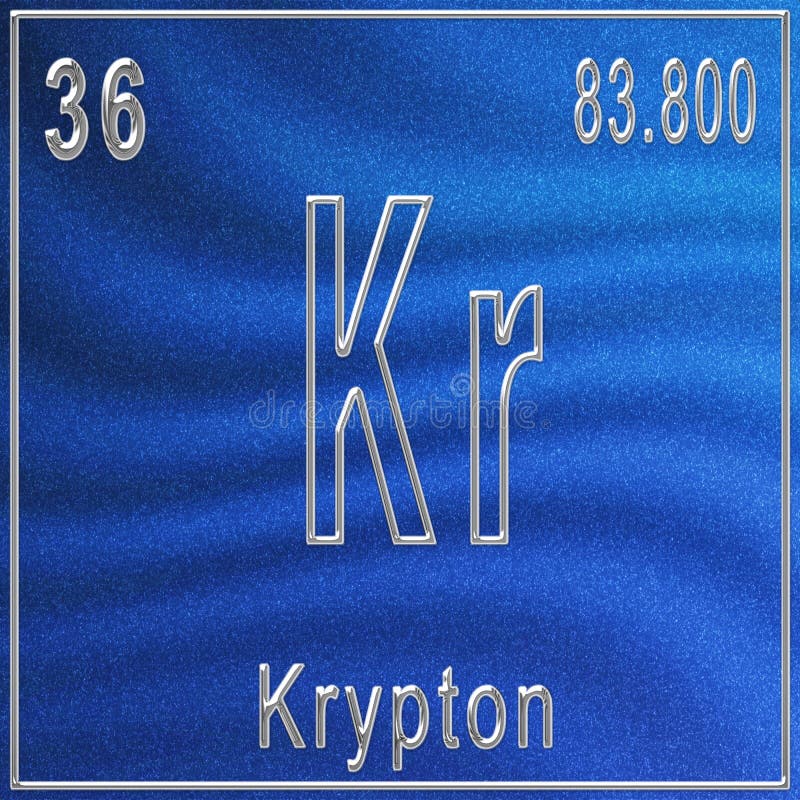
International Union of Pure and Applied Chemistry.


Murböck, Tobias Dunling, Eleanor Jacobs, Andrew Kootte, Brian Lan, Yang Leistenschneider, Erich Lunney, David Lykiardopoulou, Eleni Marina Mukul, Ish Paul, Stefan F. "Observation of new neutron-rich isotopes in the vicinity of Zr110". "Standard atomic weights of the elements 2021 (IUPAC Technical Report)". ^ Prohaska, Thomas Irrgeher, Johanna Benefield, Jacqueline et al."The NUBASE2020 evaluation of nuclear properties" (PDF). However, it is inevitable that krypton-85 is released during the reprocessing of fuel rods from nuclear reactors. An important goal of the Limited Nuclear Test Ban Treaty of 1963 was to eliminate the release of such radioisotopes into the atmosphere, and since 1963 much of that krypton-85 has had time to decay. This isotope is produced by the nuclear fission of uranium and plutonium in nuclear weapons testing and in nuclear reactors, as well as by cosmic rays. Krypton-85 is a radioisotope of krypton that has a half-life of about 10.75 years. This is particularly challenging for dating pore water in deep clay aquitards with very low hydraulic conductivity. One of the main technical limitations of the method is that it requires the sampling of very large volumes of water: several hundred liters or a few cubic meters of water. Krypton-81 is used for dating ancient (50,000- to 800,000-year-old) groundwater and to determine their residence time in deep aquifers. Krypton-81 has a half-life of about 229,000 years. Radioactive krypton-81 is the product of spallation reactions with cosmic rays striking gases present in the Earth atmosphere, along with the six stable or nearly stable krypton isotopes. This section needs expansion with: Usage in hydrogeology, ATC=V09.

#Krypton mass number plus#
) which is slightly radioactive with an extremely long half-life, plus traces of radioisotopes that are produced by cosmic rays in the atmosphere. Naturally occurring krypton is made of five stable isotopes and one ( 78 There are 34 known isotopes of krypton ( 36Kr) with atomic mass numbers from 69 through 102.


 0 kommentar(er)
0 kommentar(er)
